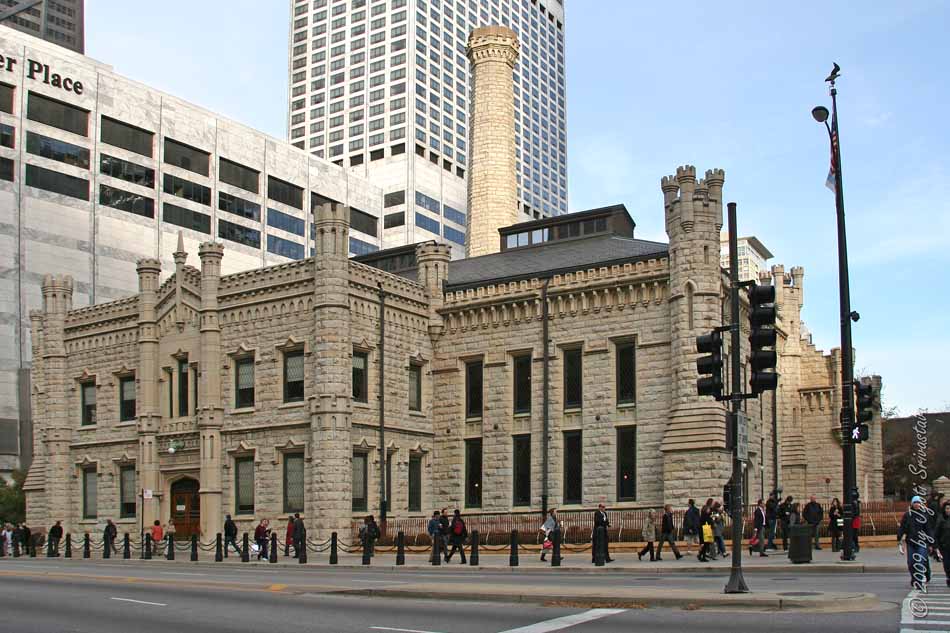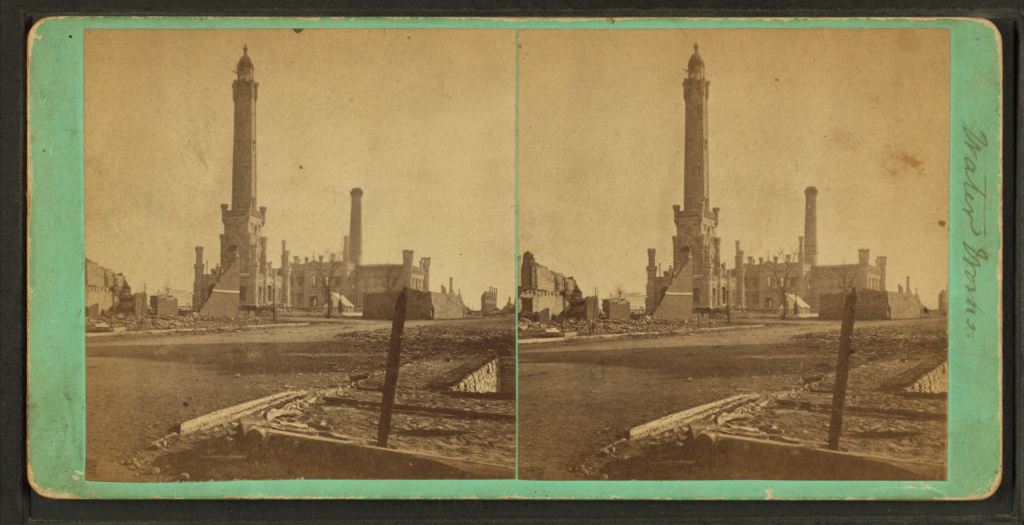Nestled in the heart of the Great Lakes region lies Door County, Wisconsin – a beautiful area with a rich history that extends far beyond its picturesque landscape. The county boasts a robust and vital past in the quarrying industry, with limestone being the key natural resource extracted from the region. The limestone quarries of Door County played a pivotal role in the building of America, helping to shape the nation into what it is today. This article delves into the history of these quarries, their role in the construction of significant landmarks, and their impact on the development of the Great Lakes region.
The Role of Door County Limestone in America’s Growth
Door County’s quarrying industry can be traced back to the early 19th century when settlers began to discover the valuable limestone deposits that lay beneath the surface. The region’s limestone, known as dolomite, was highly sought after due to its durability, beauty, and workability. As the United States continued to grow and expand, the demand for building materials surged, and the quarrying of dolomite in Door County accelerated.
Door County’s proximity to the Great Lakes allowed for efficient transportation of the quarried limestone to various destinations across the region. Ships would transport the stone to major cities such as Chicago, Milwaukee, and Detroit, where it would be used to construct iconic buildings and infrastructure.
Milwaukee’s City Hall (1895)

This historic building, built with Door County limestone, was once the tallest habitable structure in the United States. Its distinctive Flemish Renaissance Revival architecture makes it a symbol of Milwaukee’s rich history.
Chicago Avenue Water Tower and Pumping Station (1869)

Built using Door County limestone, the Water Tower and Pumping Station stand as a testament to the resilience of the city. These structures survived the Great Chicago Fire of 1871 and remain important landmarks today.


Pabst Mansion (1892)

Milwaukee, Wisconsin: The stunning Pabst Mansion, built for beer magnate Captain Frederick Pabst, features Door County limestone in its construction. This Gilded Age masterpiece showcases the elegance and craftsmanship of the time.
Other noteworthy buildings:
- Detroit’s Fort Wayne (1845) – The limestone used to build this historic fortification in Detroit was sourced from Door County quarries. Fort Wayne played a vital role in the defense of the Detroit River and the Great Lakes during times of conflict, such as the Civil War and both World Wars.
- Michigan Central Station (1913) – Detroit, Michigan: This historic train station, once the tallest railway station in the world, was built using limestone from Door County. Although the station was abandoned in 1988, it has since been purchased for redevelopment, preserving its architectural significance.
- St. Josaphat Basilica (1901) – Milwaukee, Wisconsin: This striking Roman Catholic basilica, designed in the Polish Cathedral style, prominently features Door County limestone in its exterior. It remains a significant religious and architectural landmark in Milwaukee.
- Mackinac Island’s Grand Hotel (1887) – Mackinac Island, Michigan: This historic hotel, a National Historic Landmark, was built using Door County limestone. The Grand Hotel has served as a summer retreat for many prominent guests and remains a significant architectural attraction.
- The Rookery Building (1888) – Chicago, Illinois: Designed by John Wellborn Root and Daniel Burnham, this early skyscraper showcases the use of Door County limestone in its construction. The building’s lobby, redesigned by Frank Lloyd Wright in 1905, further enhances the architectural significance of the Rookery.
- The Indiana Statehouse (1888) – Indianapolis, Indiana: Door County limestone was used in the construction of this impressive government building. The Statehouse serves as the center of Indiana’s government and is an important symbol of the state’s history and identity.
- North Point Water Tower (1874) – Milwaukee, Wisconsin: This historic water tower, constructed of Door County limestone, is an iconic symbol of Milwaukee’s East Side. The tower was designed in a Victorian Gothic style, and it served as a crucial component of the city’s water supply system until 1963.
Economic Impact of Door County Quarries on the Great Lakes Region
The quarrying industry in Door County not only shaped the architectural landscape of America, but also significantly impacted the economy of the Great Lakes region. The thriving limestone trade created job opportunities for quarry workers, stonecutters, masons, and shipbuilders. The growth of the industry led to the expansion of the shipping and rail industries, further fueling economic development in the region.
The Present and Future of Door County Quarries
As the need for limestone waned in the late 20th and early 21st centuries, many Door County quarries ceased operations. However, some have been repurposed as historic sites, recreational areas, and nature preserves. These sites serve as a reminder of the region’s important role in shaping America’s architectural landscape and the significance of the quarrying industry in the nation’s history.
The quarries of Door County, Wisconsin, hold a vital place in the history of America’s growth and development. The limestone extracted from these quarries was instrumental in the construction of iconic buildings and the expansion of the economy in the Great Lakes region. Today, these quarries stand as a testament to the enduring legacy of the quarrying industry and its impact on the nation.





